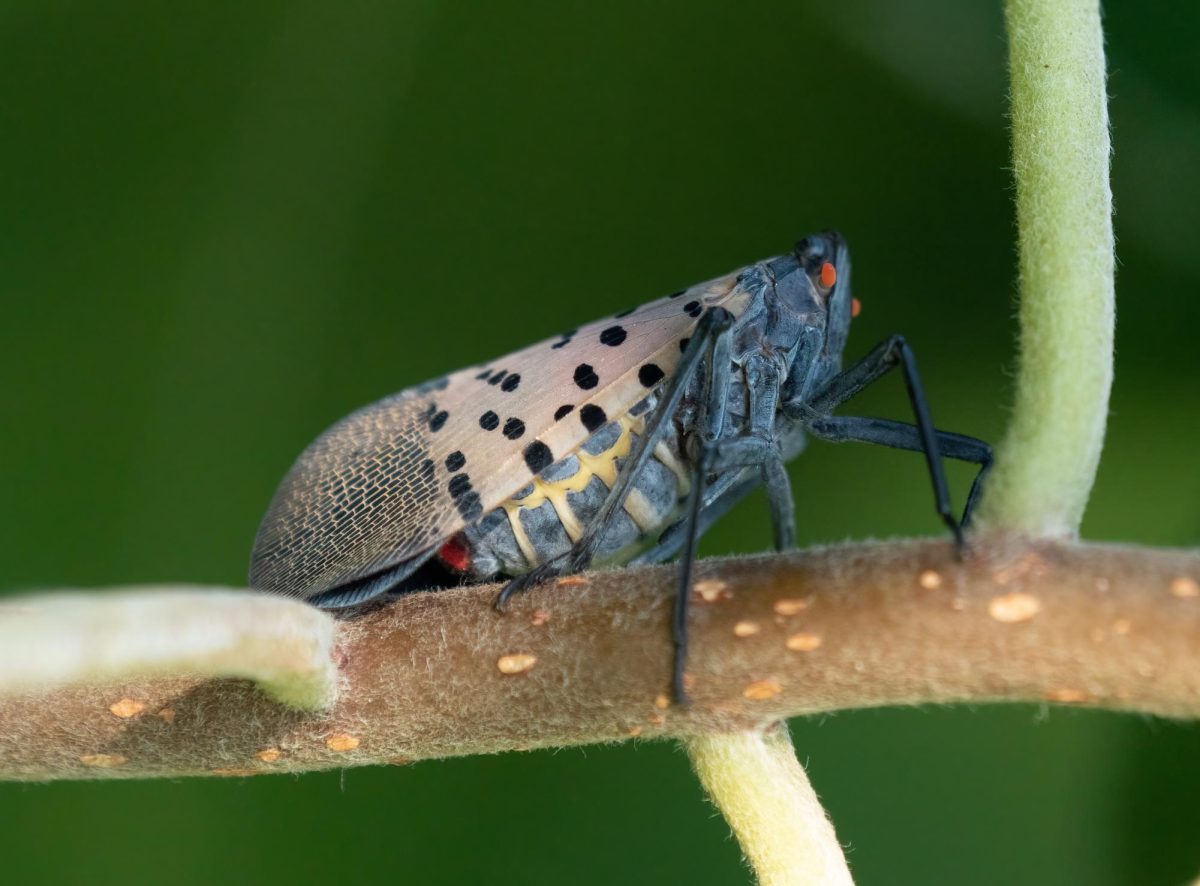The Poisonous Pickerel
The Only Poisonous Frog Native to Maryland
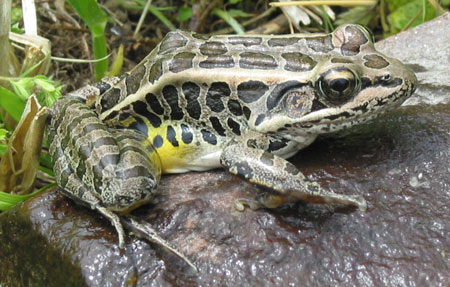
Pickerel Frog
Maryland, as a state, is often unremarkable. When asked to choose the better of two states from a list of all 50 (plus Washington D.C.), Maryland had only a 49% win rate and was 26th out of all the states. Imagine having a public image of loving crabs. To those who don’t know Maryland too well and want to give into stereotypes, We are a state of crab lovers. Even though we live in a state where one day you may be out walking and stumble upon a copperhead, might realize a black bear is around in the brush, that a black widow has taken residence in your local outhouse, we are still a state of crab lovers. We don’t have much in the way of interesting wildlife that will turn heads, and crabs? Ah yes, the Chesapeake bay, crabs, we love crabs. But why not frogs? Frogs are cool, and we have a poisonous frog, too! It’s native as well, and is found all over Maryland! Why not talk about the Pickerel Frog?
The Pickerel Frog (Lithobates palustris, formerly Rana palustris) is of what is a relatively common size for a frog- going from 1 3/4 inches to 3 inches, with a record coming in at 3 1/2 inches. They aren’t very big, roughly the length of your index finger at their largest, and a bit shorter than the diameter of the top of a soda can at their smallest. These frogs can often be mistaken for a Leopard frog because of their similar patterns, but there is a key difference. Leopard frogs have spots, and Pickerel frogs have paired rows of dark squares or rectangles down their back, these being separated by a creamy tan or green centerline. Pickerel frogs are also always brown, unlike leopard frogs, which, excluding the plains leopard frog, can be green or brown.
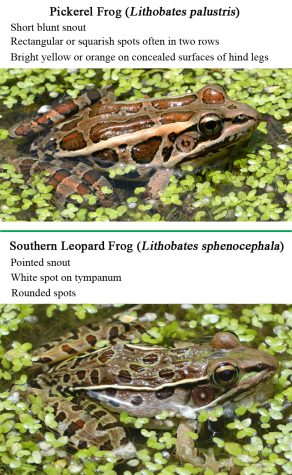
Another feature of the Pickerel frog is that their dorsolateral ridges are also a creamy tan or green, and that they reach to the groin of the frog. To explain what they are, “The ridge is a fold of skin beginning behind the eye and extending part or all of the way to the rear legs on both sides.” The Vermont Reptile & Amphibian Atlas explains in its glossary of herpetological terms.
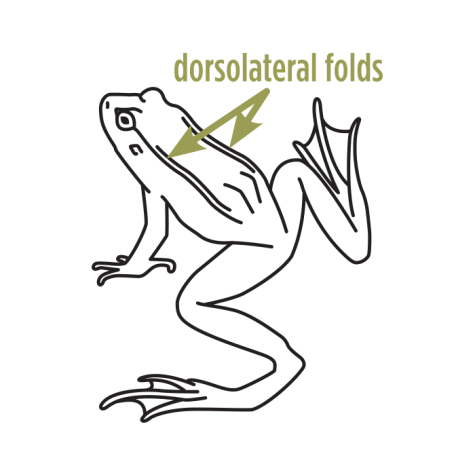

Pickerel frogs additionally have a bright yellow or orange inner thigh.

Look at that lovely coloring!

What a lovely yellow!
Okay, okay, I need to stop fangirling over a frog without saying why it’s so cool—you may not know this, but Maryland is home to only one poisonous frog: the Pickerel frog. They produce toxic skin secretions that can be irritating to humans and fatal to small animals, especially other amphibians. There is a reason why many snakes that eat frogs will avoid Pickerel Frogs, and this is it.
Now, where are these frogs? Well, they can be found all over Maryland.
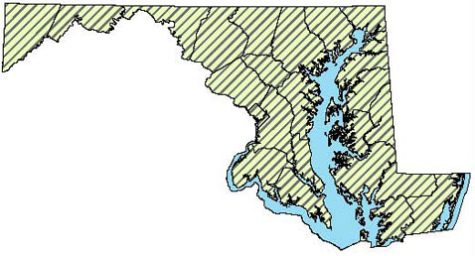
They can, in fact, also be found all over the eastern U.S., in some of the Southern U.S., and even in the Midwest!
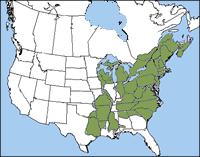
Now, where in these places do Pickerel Frogs reside? What might their habitat be? Well, Pickerel Frogs enjoy cool, clear water, and are found in a variety of wetland habitats, especially along streams. These frogs can also be found in sphagnum bogs and floodplain swamps, which are interesting in their own right. Pickerel Frogs can be found away from these wetlands in summer, where you may find them in grassy fields or weedy areas.
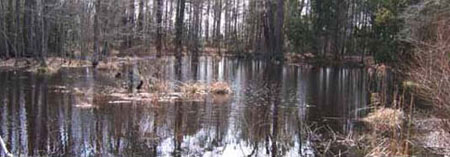
Now, you may be thinking, “What a nice and exquisite frog! I would love to handle one and caress their poison-coated skin so gently!”… and who in their right mind wouldn’t? Now you just have to find one of them! Also, wear gloves. They can cause some minor skin irritation to you, but no skin irritation is a better option. I also don’t want to be taken to court for a frog related injury.
The best time to look for a Pickerel frog is in March and April—this is because their breeding season runs from March to May. During this time, you may hear the call of a male Pickerel frog—a low-pitched, snore-like call. There, you will find your frog.
Frogs are cool, and the Pickerel frog is cool. It has neat coloring, has poison, and its mating call just sounds like a snore. It’s a silly little frog that deserves some respect. Maryland may be a state stereotyped as crab-loving, but, well, the frogs deserve some love too. Frogs are cool, and they don’t always get that recognition.
Want to find your frog? Here’s their call:
Your donation will support the student journalists of Brunswick High School. Your contribution will allow us to purchase equipment. Our goal is to purchase some updated and much needed cameras for the program.





















